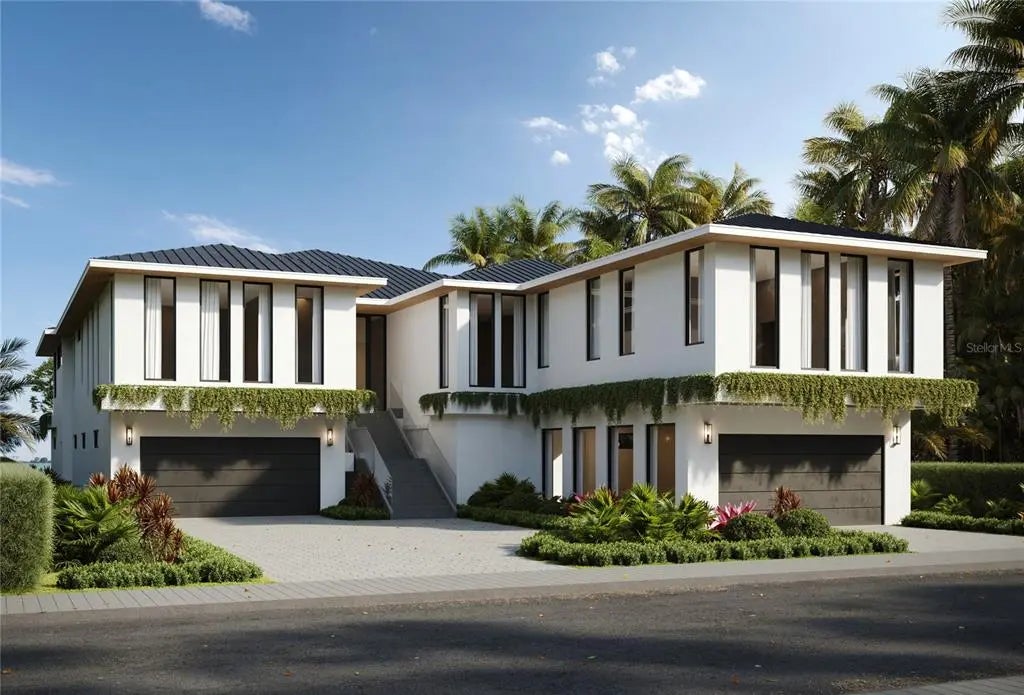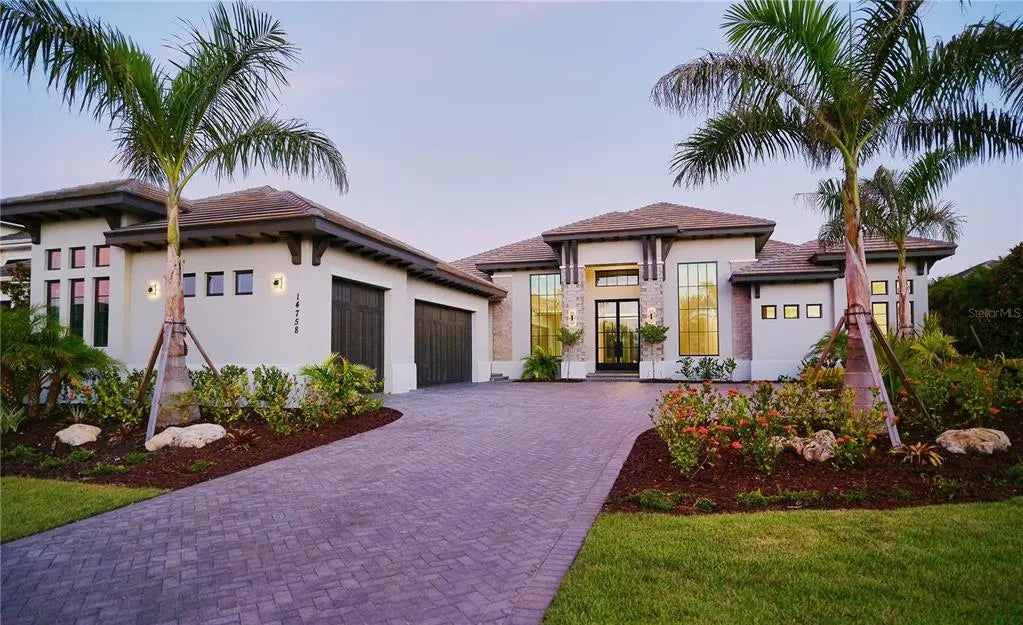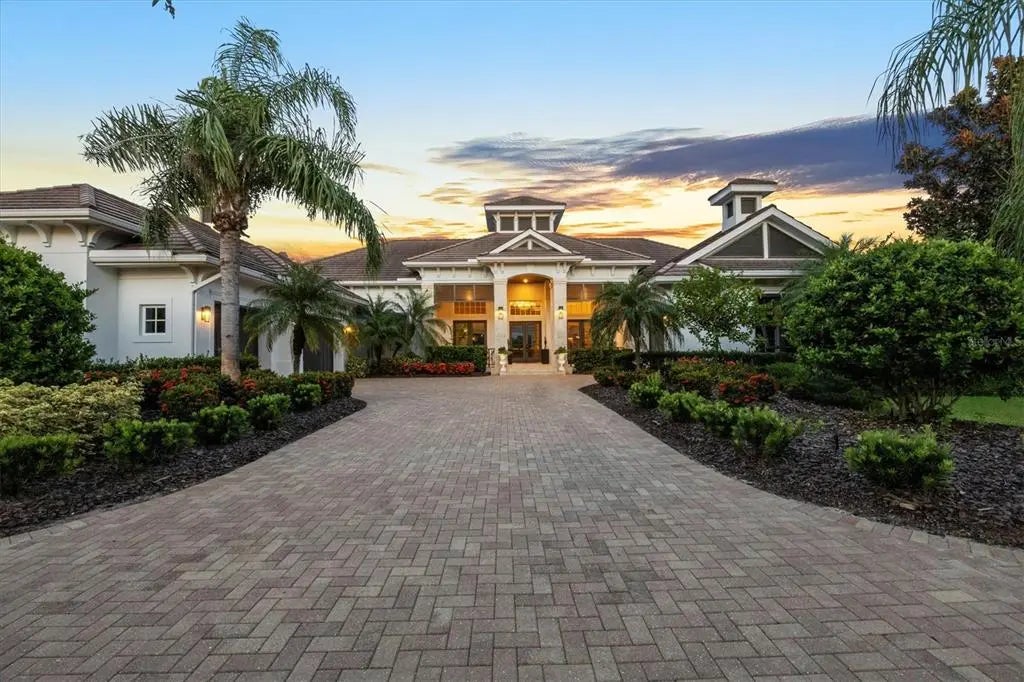Green Homes
Homes can be green for a number of reasons and one of the main components of a Green Certification is the HERS score.
What is a HERS rating or score?
HERS stands for Home Energy Rating System it is like the Miles Per Galon (MPGs) of a home. Would you buy a car without knowing the MPGs?
The LOWER the number the better with HERS scores. A net-zero home will have a HERS score of 0 (zero). To learn more about HERS scores scroll to the bottom.
So start shopping by HERS SCORE:
HERS Rated Homes
- All Listings
- Under $100,000
- $100,000 - $200,000
- $200,000 - $300,000
- $300,000 - $400,000
- $400,000 - $500,000
- $500,000 - $600,000
- $600,000 - $700,000
- $700,000 - $800,000
- $800,000 - $900,000
- $900,000 - $1,000,000
- Over $1,000,000
Homes East of Loraine Rd
HERS Scores or Rating
HERS is the MPGs of a House, but with HERS the lower the number better.
Other than price, MPGs are one of the most critical pieces of information we want to know when deciding vehicle A or vehicle B. Likewise it should be a critical piece of info when you chose a house. The energy savings could be your next vacation or your retirement account.
How a HERS score is calculated is they conduct what is called a Blower Door Test. They open the front door and install this Blower Door, This fills the hole of the door and has a big fan in the center plus some sensitive instrumentation. They pump in a known value of volumetric air pressure with this "blower" fan and precisely measure the backpressure. Then they factor in the R-value of the windows, doors, walls, attic insulation, and roof and they derive at a HERS score. This is a number that will not change based on the occupants. A family of 5 or a single person living in the home will have wildly different energy uses but the HERS score is a constant. It is your MPGs of a home!
This is the backbone of USGBC LEED for Homes Silver, Gold and Platinum, FGBC Green Certified, NAHB Certified, and NGBS Certified homes.
What's a good HERS score?
the LOWER the BETTER. A home built to the current building code will score a 100. A net-zero home will score a 0 (zero)
A HERS score of 0 will cost nothing to heat or cool. To achieve that score it will most likely have some component of solar, geothermal, wind, or water energy production.
An older home will have a score above 100. For instance, it would be very likely that a home built before the year 2000 would score over 130
A 1950s home might score over 140. In Florida, the Florida building code requires the homes to score 80 by code. Every home built in Florida after 2018 will have a HERS score (by law). A typical new home built after 2018 will probably have a score near 50 if the builder is trying at all. What are the means to a lower score? It's all about the building envelope. What is a building envelope? The building envelope is the sealed living space. Imagine an envelope or better yet maybe an empty raisin box. When it's closed it makes a pretty good cube but not air-tight. There are gaps in the flaps. In fact, as kids when we finished eating the raisins we would put the box up to our mouths and blow and it would make a high-pitched whistle or even squeal. Your house is leaking like this all day and all night. Have you ever put Christmas tree tinsel or strands of Kleenex or toilet tissue in front of your electrical outlets (in particular outlets on walls that are exterior walls)? Watch the strands blow in the breeze coming out of your outlet, you'll be amazed! When they build new homes now they have to seal around these electrical boxes, window frames, door frames, ceiling headers, etc. to create a tighter building envelope. Now when they do a blower door test the envelope is much much tighter as you can imagine. These little leaks around our windows, doors, electrical and ceiling headers all add up to a lot of leakages. That is all our electricity, oil, and gas in the form of heating and cooling vaporizing right to the outdoors. This is money leaking out of your wallet - would you carry around a change purse with a big hole in the corner that let quarters, nickels, dimes, and pennies leak out? What can you do? You can shop for a home with a Lower HERS score for one. Also if you live in an older home you can have an energy audit. They'll look for the low-hanging fruit for you. Before you spend $30K on solar you should get an energy audit. They go around your home with a thermal camera and find your hot spots or cool spots depending on the season and climate you live in. These are areas you need to insulate and seal up. You can get more insulation blown into your attic, You can take the covers off your exterior wall outlets and squirt in expanding foam around the electrical box, you can get foam covers for under the electrical plate and child safety covers for the outlet sockets those three things will really help seal up your outlets. You can go way farther if you want and take off your door and window moldings and do the same with expanding foam also. A big leak in the home is your ductwork. In Florida, the average leakage is around 22% these can be found with the naked eye, thermal camera, or theatrical smoke test. The theatrical smoke test is where they seal up your duct vents and pump in this non-toxic smoke then look to see where it is leaking out of your ductwork. Of course, this is often at the joints where ducts are attached to the distribution box, the air handler, and the vents themselves. This can be fixed with duct tape, mastic, or a combination of the two. Mastic is a paintable putty that hardens, you can buy these small buckets at hardware and big-box home improvement stores. Of course, you can also upgrade or add weather stripping around your doors and windows, insulate your garage door, etc. Once you start on this path you will be surprised at the savings but remember to compare to last year's same month, not just last month as seasons change you know your bill can be much different from September to October or Feb. to March. In Florida, we see a big jump from May to June and again in July-Sept as our temperatures top 90 degrees F (32C) nearly daily.
HVAC systems can be a big way to upgrade your energy efficiency, As noted above a nice tightly sealed ductwork system is important but when it comes to AC systems you are looking for SEER (Seasonal Energy Efficiency Rating) with these ratings the higher the better. Roughly every 1 grade higher in SEER is about 7% energy savings. In the early 2000s, it was common for HVAC systems to have a SEER of 8 or 10 and 12 was considered a high-efficiency unit. After 2020 it is hard to find an HVAC system with less than 14 SEER (which is the federally mandated minimum), 14 SEER will be the cheapest while the highest SEER rating is 25 SEER right now which is generally a mini-split system for 1 or 2 rooms. Whole house condensers with high SEER systems are generally topping out at 20 SEER and will run you $6000-7500 just for the condenser component (air handler, ductwork, and installation will be extra).
Windows are another area you can really make a difference in your home's energy efficiency. Thermal Pane Low-e windows especially on your south-facing windows that get direct sunlight coming in.
So far in the Green Home arena, we are just talking about energy efficiency. There are so many other ways to make your home Green. In regards to the HVAC system, you can add a UV light that will kill bacteria, you can add HEPA filtration as a regular size filter or a filter box near the air handler. Since Florida homes run their AC systems nearly year-round (8+ months) it is recommended you change the regular filter at least every other month, if you have pets that shed you probably want to do it every month. That is why a filter box cartridge is a good idea as they only need to be changed every 6 - 8 months.
Many other ways to go Green are Low or No VOC (Volatile Organic Compounds) paints, carpets, cabinets, etc. These all off gas and VOC can be harmful to our health.
Water-saving faucets, toilets and irrigation systems are another way to be green. Water filtration or reverse osmosis and water softeners are good too.
The landscape is another place a home can be green. Less grass more plants, shells, or other landscape material that doesn't require water. Right plant - right place is also a good way to minimize water usage and makes for happy plants.
So many ways a house can be green and earn a green designation - what is important to you may be Indoor Air Quality but to someone else it may be the landscaping and water-saving. As stated above the HERS score is the biggest chunk of any designation program. Therefore this page is mainly dedicated to the HERS score.
























